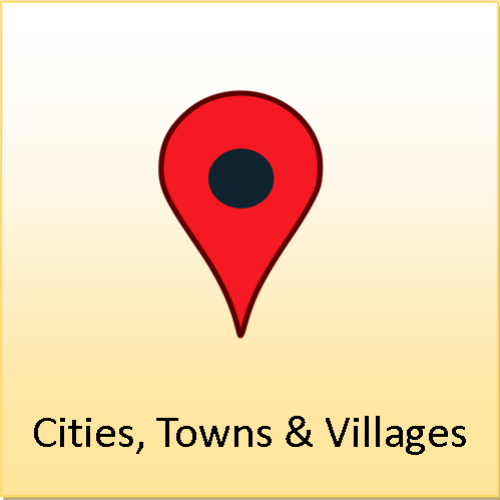About Norfolk
Norfolk
Country: England
County: East of England
Established: Pre Roman Celt period
Area: 5,384 km2 (2,079 sq mi) Population: 925,299
Largest settlement:
Norwich (147k pop.)
Norfolk is a county in the East of England.
It borders Lincolnshire to the north-west, the North Sea to the north and east, Cambridgeshire to the west, and Suffolk to the south.
The west of Norfolk is a flat former marsh. The centre of the county is gently undulating lowland. The northern coast is an area of outstanding natural beauty, and in the south is part of Thetford Forest. In the east are the Broads, a network of rivers and lakes.
There is evidence of Prehistoric settlements in Norfolk. The area was settled in pre-Roman times by Palaeolithic settlers as early as 950,000 years ago, with camps along the higher land in the west, where flints could be quarried.
During the Roman era roads and ports were constructed throughout the area and farming was widespread.
The region was home to the Iceni (the Iceni were an ancient tribe of eastern Britains during the Iron Age and early Roman era), whose leader Boudica led a major revolt in AD60.
The Angles settled the area in the fifth century, and it became part of the Kingdom of East Anglia.
During the later Middle Ages the county was very prosperous and heavily involved in the wool trade which allowed the construction of many large churches.
By the 5th century the Angles had established control of the region and later became the ‘north folk’ and the ‘south folk; over time renamed Norfolk and Suffolk. The influence of the early English settlers can be seen in the many place names ending in ‘ham’, ‘ingham’ and ‘ton’.
Endings such as ‘by’ and ‘Thorpe’ probably originate from the Danish attacks and settlements during the 9th century.
In the centuries before the Norman Conquest the wetlands of the east of the county began to be drained and converted to farmland.
By the time of the Domesday Book survey, Norfolk was one of the most densely populated parts of the British Isles.
During the high and late Middle Ages Norfolk's prosperity at that time can be seen by Norfolk having over 1.000 medieval churches, over 659 still exist today, which is more than in any other county in Britain and the greatest concentration in the world.
By the late 16th century Norwich had grown to become the second-largest city in England, but over one-third of its population died in the plague epidemic of 1579.
The county was not heavily industrialised during the Industrial Revolution and Norwich lost its status as one of England's largest cities.
People from Norfolk are sometimes known as Norfolk Dumplings, probably due to the flour dumplings that were traditionally a significant part of the local diet.

